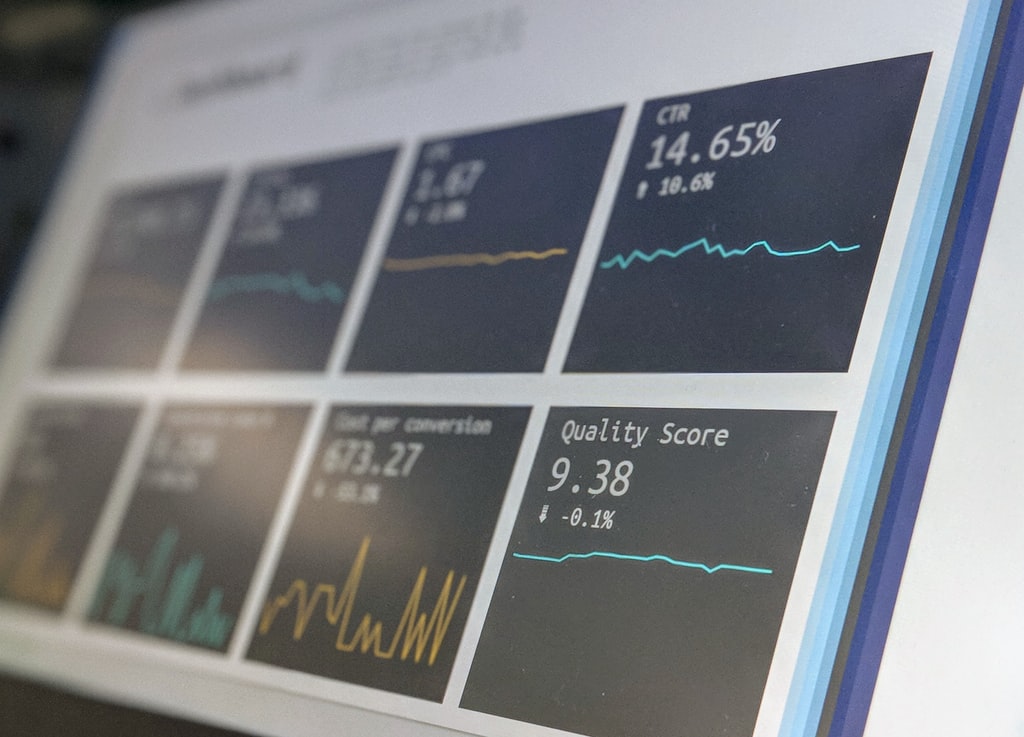Big Tech in Sports: A Data-First Approach
The modern world of professional sports involves plenty of data collection. In the past, stats were carefully logged by diligent spectators, who then compiled them for at-a-glance breakdowns. The first sports analysts covered aspects like completed passes and percentage of possession, then helped summarize each team’s performance.

Today, statistics are even more ingrained into the daily infrastructure of professional teams and athletes. From a franchise perspective, big data can help staff identify areas for improvement, as well as provide individual reports on each athlete. From there, data can be used to build out specific training regimes and adapt tactics.
It’s also useful for broadcasters and media groups that cover specific leagues and teams. And, increasingly, it’s just as impactful for fans, largely through the realm of sports betting and fantasy leagues. For example, DraftKings sportsbook one of the most popular DFS providers in the US. Experts at DraftKings provide analysis for bettors looking to wager on the major leagues or build the perfect fantasy lineup. But how, exactly, is data collected, broken down, and then applied? Let’s take a closer look at its primary functions.
Collection for Analysis
The primary purpose of collecting data for professional sports clubs is to improve their team’s chances of victory. Today, most of the world’s top clubs employ an analytics professional—or even a full analytics department.
Their job is to collect the relevant data that will help them gain insights into a team’s overall functioning. To do this, many analysts rely on official data providers, which are responsible for collecting detailed game data and providing it in a comprehensive report.
This aspect is deceptively difficult, as sets of data have different implications based on certain conditions. In other words, not all the data is applicable, and one of the biggest pitfalls analysts face is collecting too much data that won’t be relevant to their team’s success.
An analyst should figure out how the data will likely translate into a concrete result, also known as ‘deciphering’. From there, analytics professionals must standardize what data is relevant, then centralize this information, integrate conclusions, and implement solutions.
Breaking Down Player & Team Performances
As mentioned above, one of the key focuses for analysts employed on pro sports teams is to figure out what clues the data provides for improving performance. For example, an NFL player with subpar offensive yards per carry stats might need to spend more time focusing on forty-yard sprints.
But data doesn’t just offer insight into athletes—it can also be used to investigate tactics. For example, an analyst working for an NBA team that’s low on scoring capabilities may suggest focusing on three-pointers rather than driving toward the basket. This practice, known as Moneyball, gives a team a statistical edge on their opponents, as three-pointers are worth more and, therefore, are more likely to lead to a win.

Building Out Solutions: Current Rosters & Recruitment
As explored above, one of the goals of data analytics is to collect on-field data, then glean deeper insights for improving a team’s competitiveness. Stats can be used to identify strengths and weaknesses, which can then be targeted by other professionals, such as physical therapists and trainers.
But big data is also incredibly important for recruitment processes. In 2003, Michael Lewis published Moneyball: The Art of Winning an Unfair Game. The book explored the MLB’s Oakland Athletics’ endeavor to use data to target specific recruits on a lower budget. The idea was simple: data-driven sabermetrics (unique to the MLB) could be used to identify which amateur players would someday become stars.
Two decades later, data is still incredibly important in how teams select recruits. A player’s amateur stats will be used to forecast how their career will likely develop over time—but not every amateur will collect and crunch the same data sets. This can make it difficult for scouts to recruit across multiple leagues.
For example, NHL recruiters might be scouting amateur hockey leagues like the Ontario Hockey League and the Western Hockey League. But if the OHL and WHL don’t log the same data, then the stats won’t be consistent. Data analysts will also be responsible for drawing insight from differing data sets.
Posted with STEMGeeks